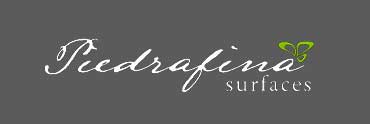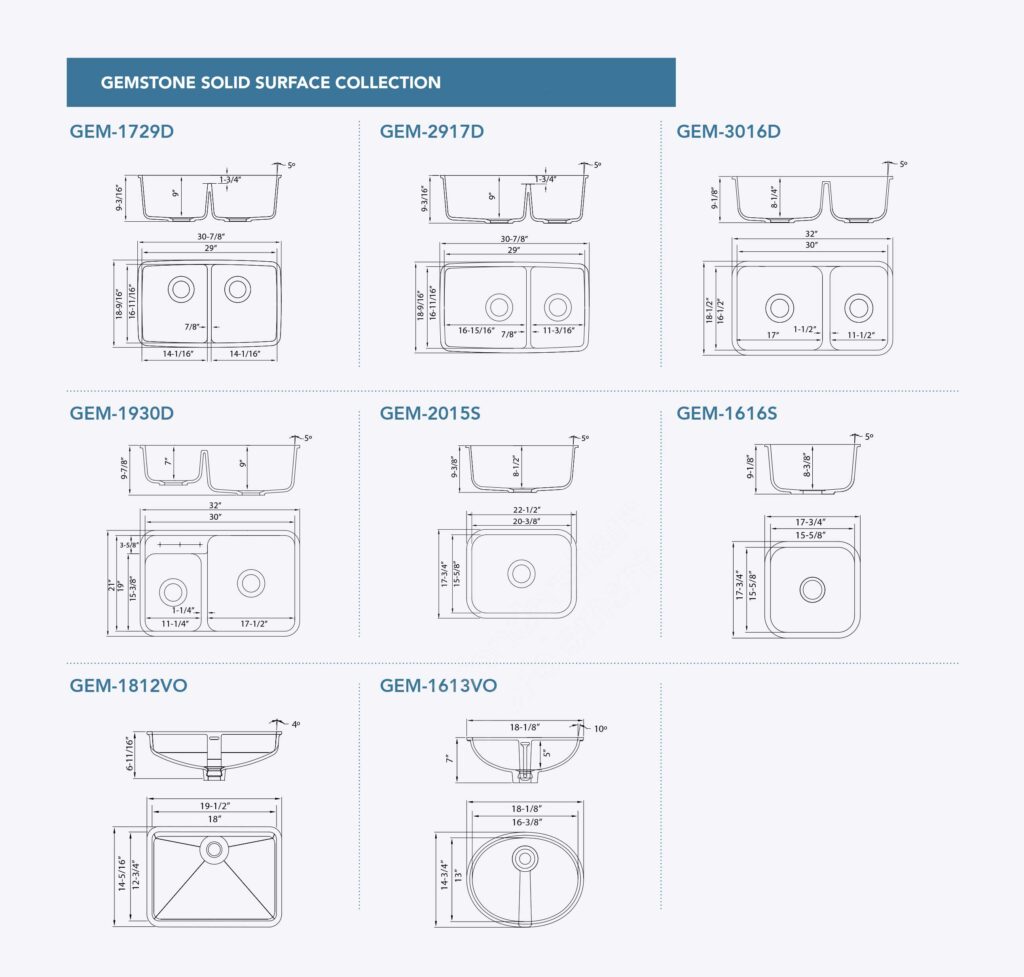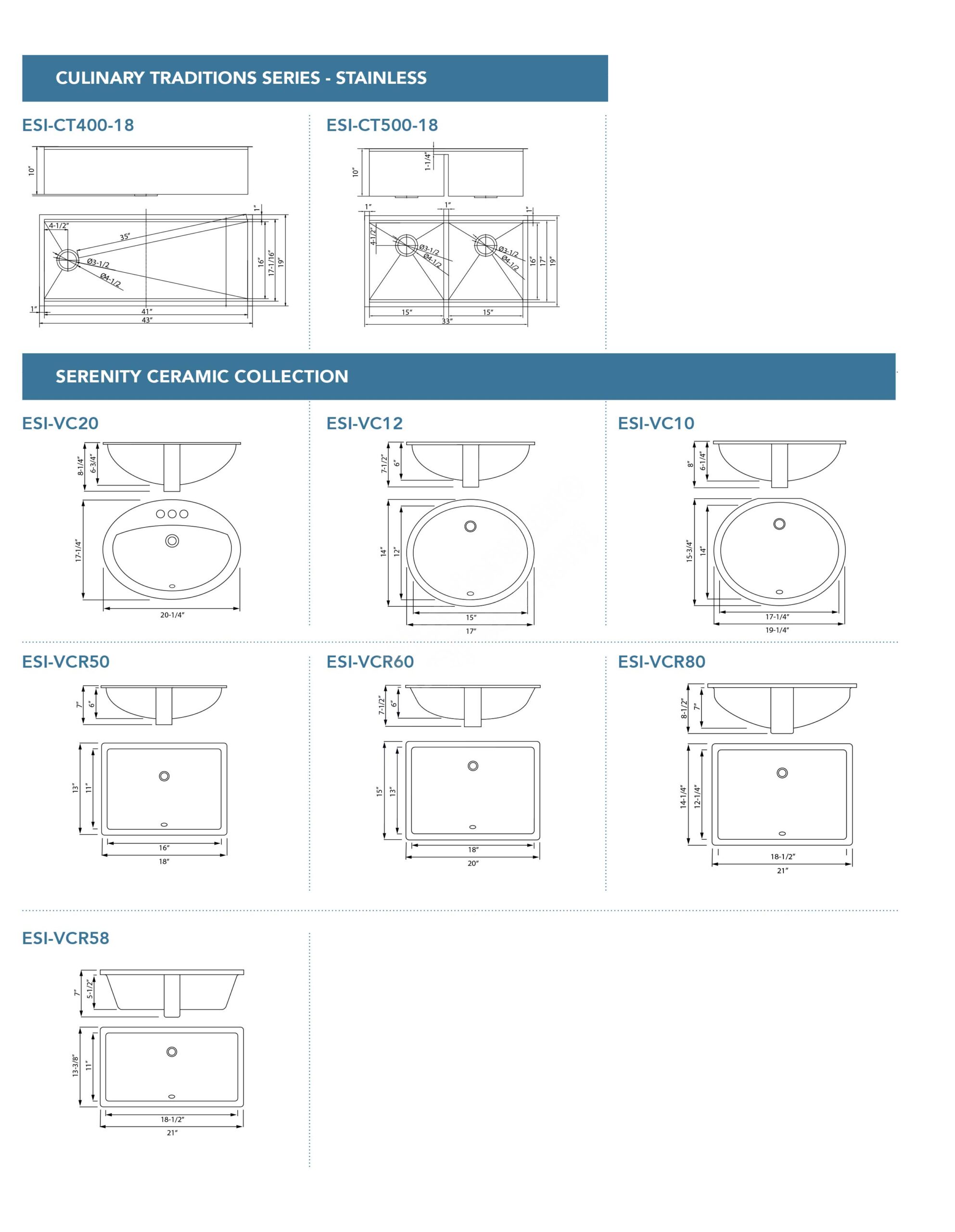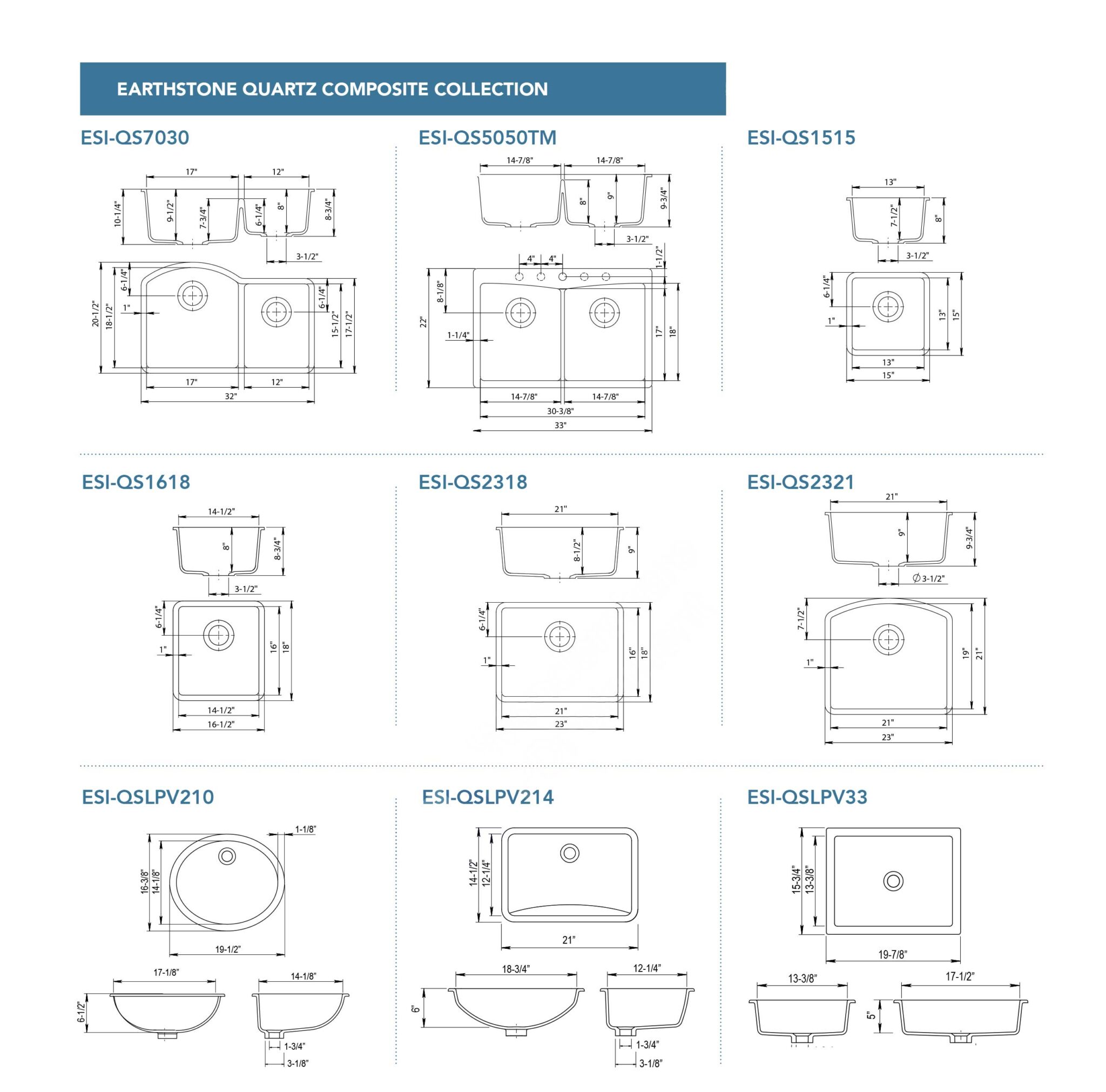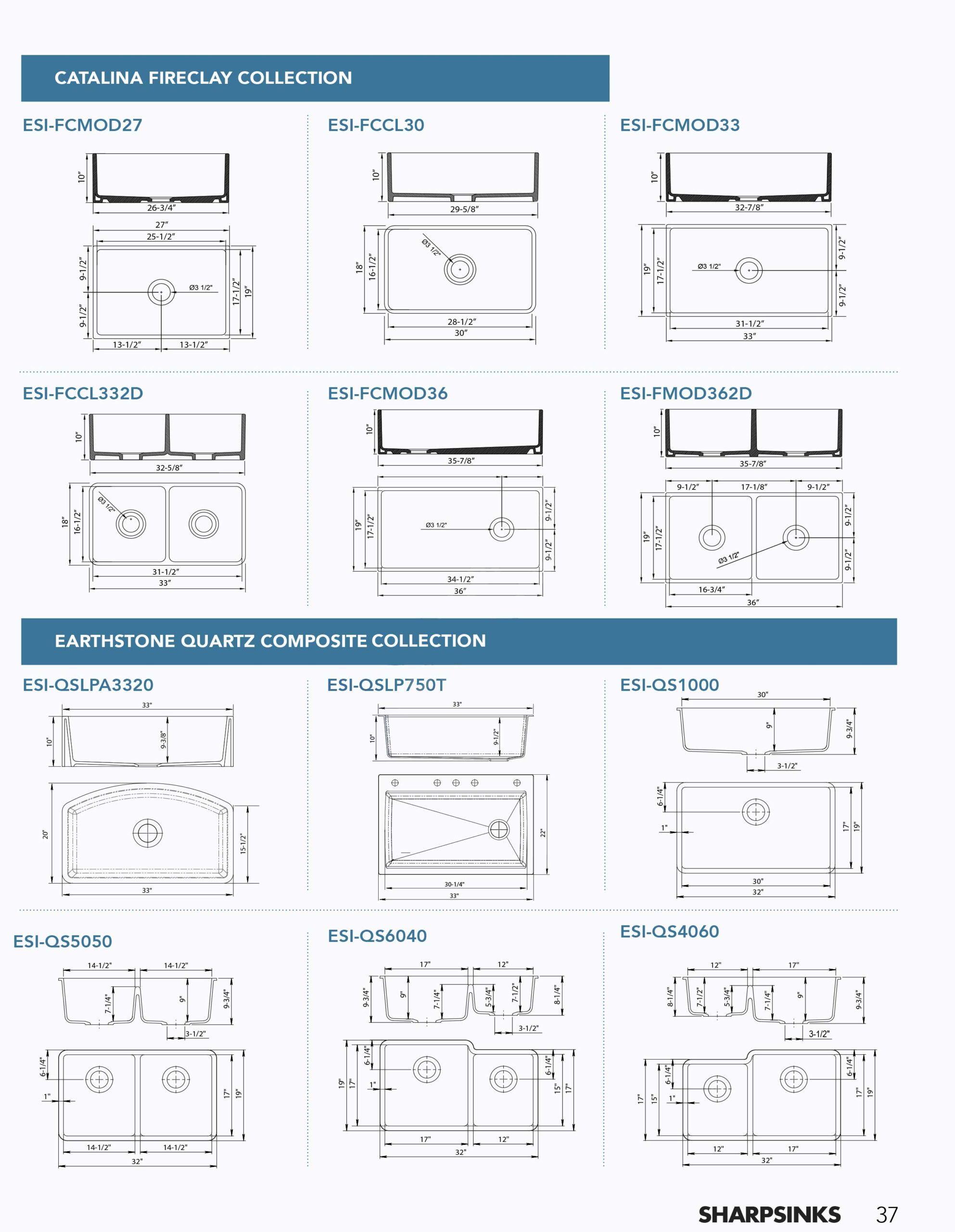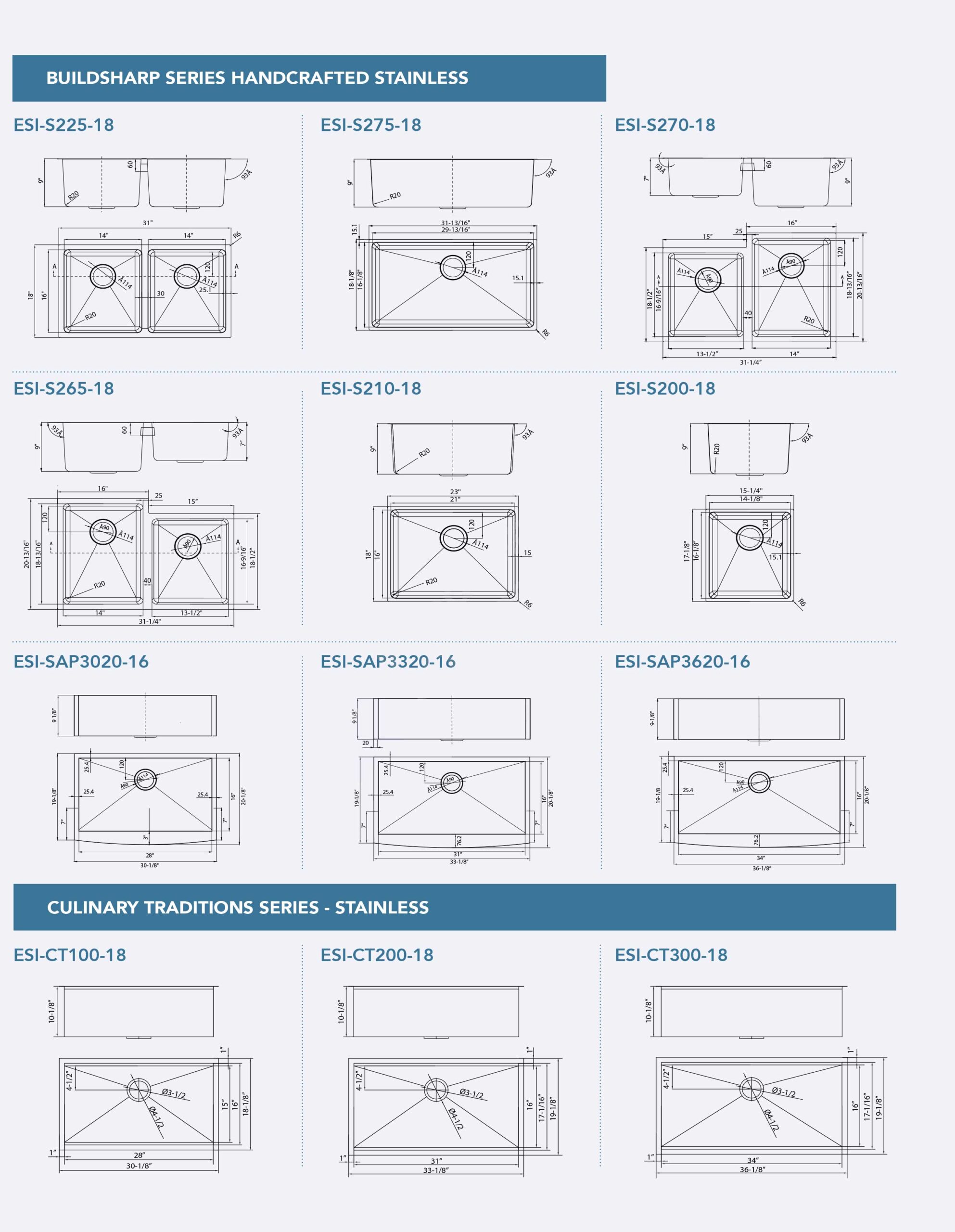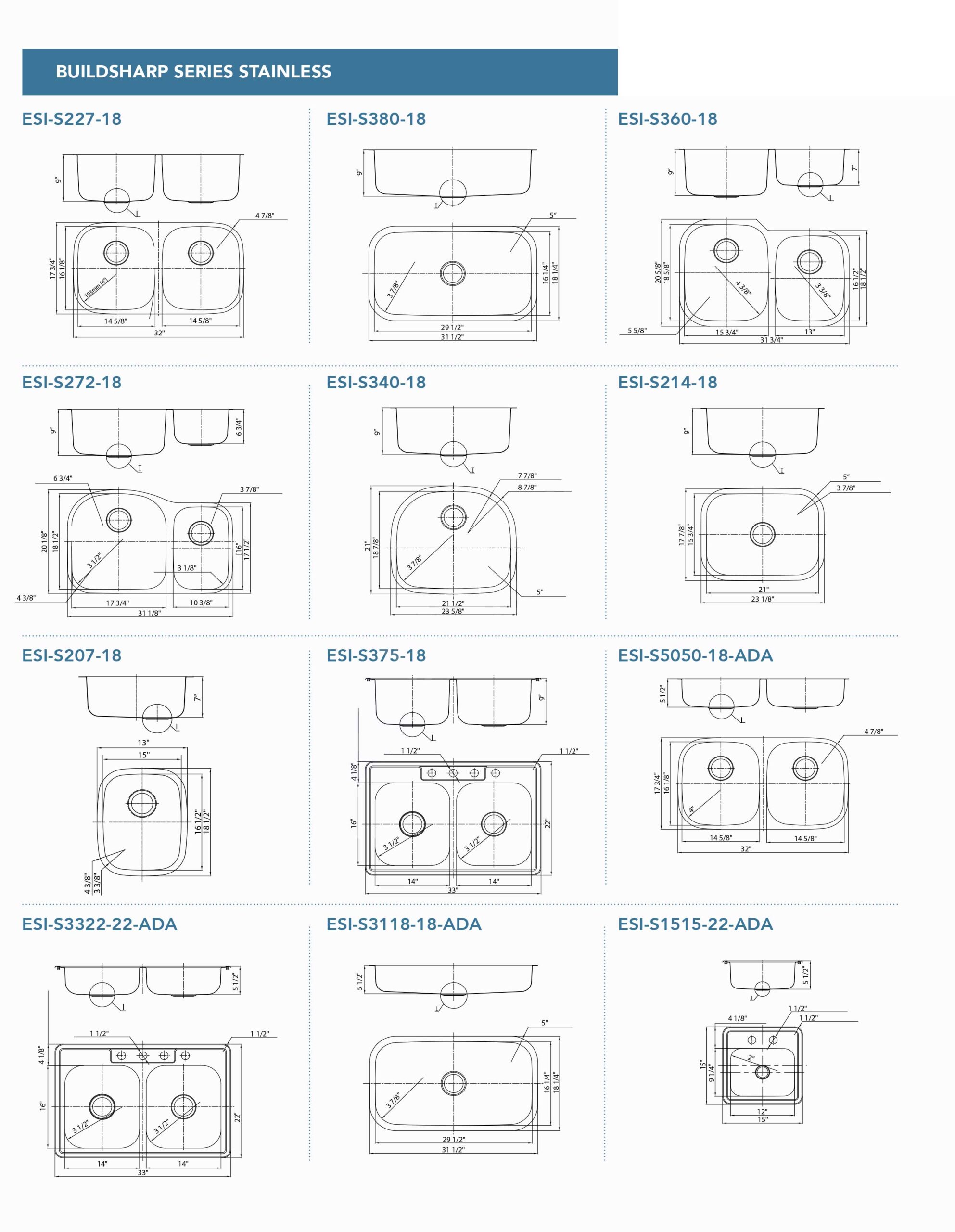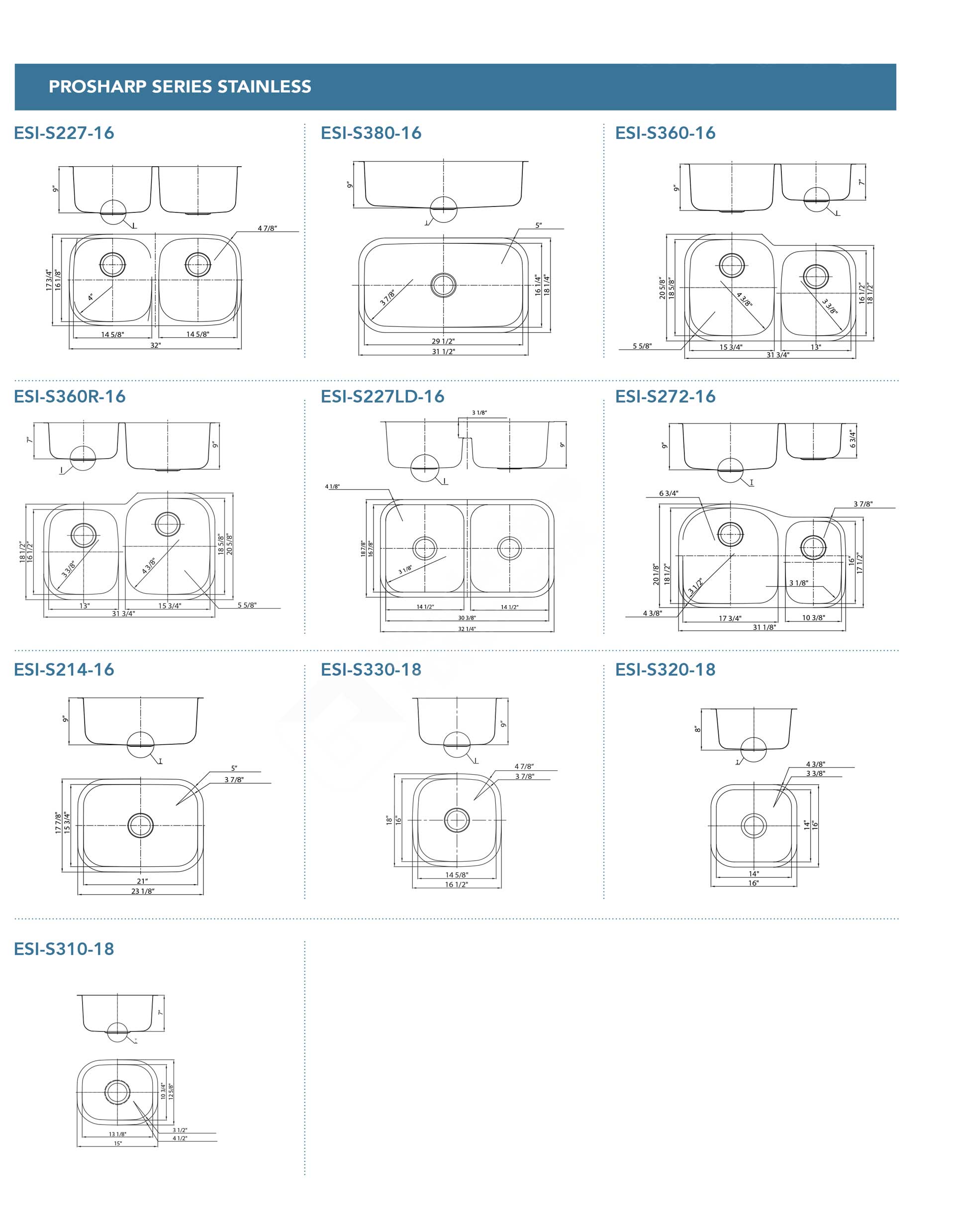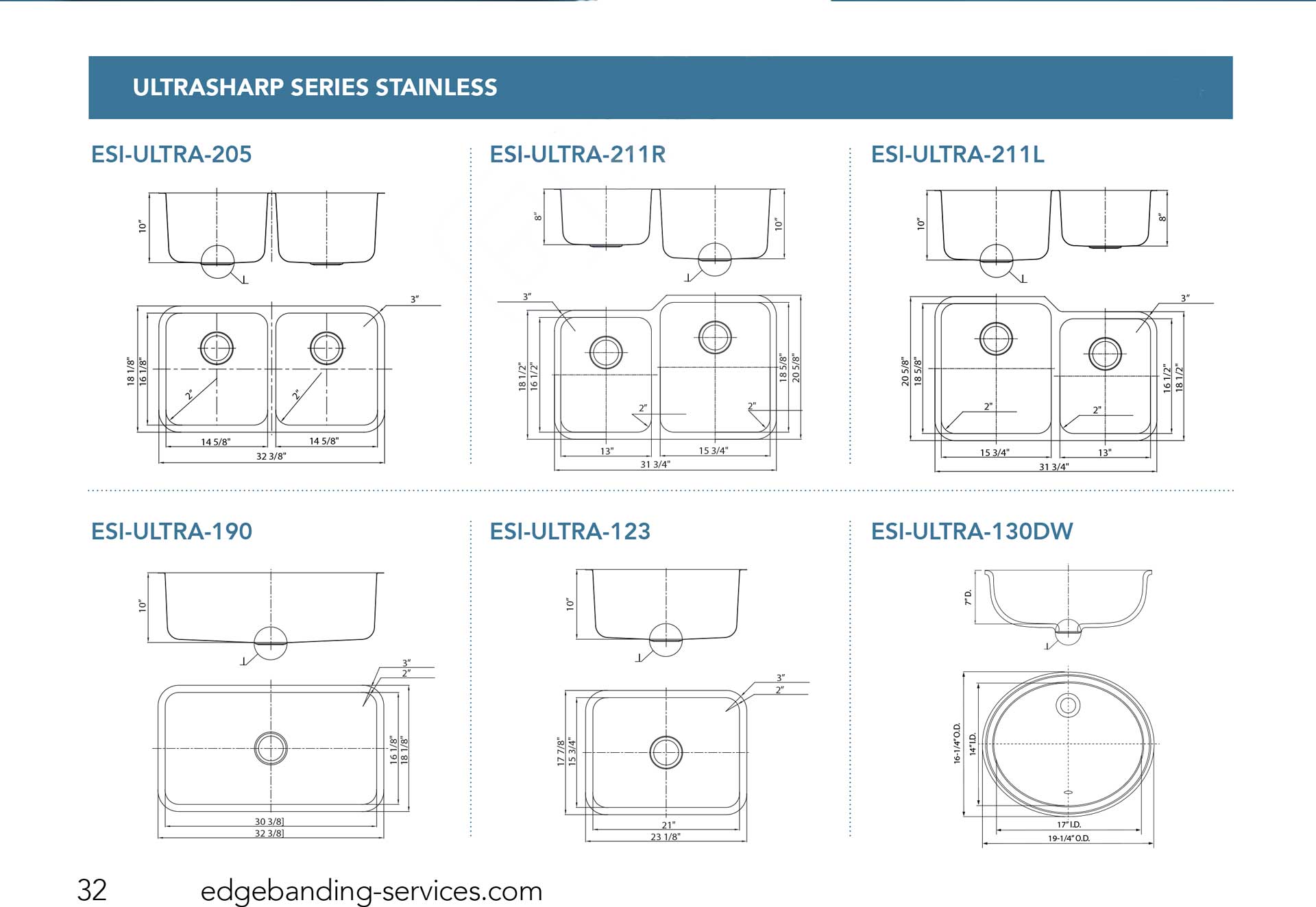Techincal Data
Useful Links:


- Thin Veneer Edging
- Lacquered Surfaces
- Thick Veneer Edging

- Safety Data Sheets (download only)
- Technical Data Sheets
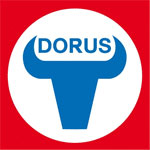
surfaces

Hanstone Quartz
For cleaning and disinfecting, use the following procedure on your Quartz countertops:
Mix a solution of 30% water and 70% denatured alcohol.* Apply solution to a clean microfiber or cotton cloth and wipe the entire countertop surface and edges. Rinse the areas just cleaned again using a damp cloth.
Repeat this procedure several times per day – or as often as needed, depending on traffic, to control the spread of germs.
*Note: Denatured alcohol is a solvent that has pungent-smelling additives to discourage consumption. While marginally less effective, isopropyl or rubbing alcohol can be substituted and used at full strength. Please note that for any of these alcohol-based products, you should follow the manufacturer’s instructions for use and safety precautions, including the following:
- Do not mix with other chemicals. Use only water when diluting.
- Alcohol is flammable. Do not use around open flames or around any ignition source.
- Use with proper ventilation, as fumes can be harmful or irritating.
- May cause skin irritation, especially around open wounds.
- Never ingest or consume any of the products listed.
- Keep away from children.
Clean surfaces with soap and water regularly to maintain the lustrous gloss and radiant sheen. Make sure to use warm water, a damp cloth and a small amount of non-abrasive cleaner that does not contain bleach.
HanStone Quartz’s new leather finish will more easily show signs of daily use. As a result, the finish will require more frequent cleaning and daily maintenance than other HanStone Quartz polished finishes.
Although HanStone Quartz is stain-resistant, spills should be cleaned as soon as possible. Liquid spills and stains from fruits, vegetables, or other foods should be immediately cleaned with soap and water.
HanStone Recommends:
Option 1 – Soap & Water
Option 2 – Rubbing Alcohol & Water solution
Tip: Always use a non-abrasive cloth when cleaning to avoid dulling your surface.
Oils on any counter surface can leave the finish looking messy and smudged, with poor light reflectivity.
HanStone Recommends:
Option 1 – Soap & Water
Option 2 – Use a mild, alcohol-based degreaser such as Simple Green All Purpose Cleaner or rubbing alcohol.
Staining resulting from cosmetic products can make anyone worried. Don’t be! We can help.
HanStone Recommends:
Option 1 – Soap & Water
Option 2 – Apply hydrogen peroxide with a max 30% concentration, then rinse and wipe with water.*
Option 3 – Rubbing alcohol
*Tip: Please remove any residue from the hydrogen peroxide solution after cleaning to avoid any changes to HanStone’s brilliant surface.
Metal Marks on a quartz surface can often be confused for scratches. These marks can be easily removed using simple methods.
HanStone Recommends:
Simple Green Pro HD
Tip: When cleaning any surface, the rule of thumb is to never apply pressure heavier than the natural weight of your hand. Otherwise, you can create dull spots.
HanStone Recommends:
Step 1 – Soak a cloth with oxalic acid and apply to the top of the stain for 10 minutes.
Step 2 – If the stain persists, reapply, but do not leave solution on longer than 30 minutes.
Step 3 – Once the stain is removed, clean surface with water alone, or with a soap & water solution.
HanStone Recommends:
Option 1 – Soap & water or rubbing alcohol & water solution
Option 2 – Soak a cloth with a 50% bleach concentration. Apply to top of stain for 10 minutes. If stain persists, reapply, but do not leave on for longer than 30 minutes.
Option 3 – Apply hydrogen peroxide with a max 30% concentration. Then, rinse and wipe surface with water.
HanStone Recommends:
Option 1 – Gently apply rubbing alcohol to the stain until stain lifts.
Option 2 – For stubborn stains, soak a cloth with a 50% bleach concentration. Leave on top of stain for 10 minutes. If the stain persists, reapply, but do not leave on for longer than 30 minutes.
Hard Water Deposits
HanStone Recommends:
Option 1 – Clean with vinegar
Option 2 – Non-abrasive scale remover solution
Soap Stains
HanStone Recommends:
Mild, alcohol-based degreaser such as Simple Green All Purpose Cleaner.
Silicone
HanStone Recommends:
Option 1 – Rubbing alcohol
Option 2 – DAP silicone remover
These chemicals should be avoided around HanStone Quartz; however, this is not a complete list, and other chemicals not listed here might cause damage. The effect of using any chemicals on HanStone Quartz is dependent on the type of chemical, the length of exposure, and the degree of concentration.
Oil soaps, bluing agents, dyes, stains, paint thinner or strippers
Solvents such as acetone, nail polish, lacquer thinner, or bleach (short-term exposure is acceptable for purpose of cleaning difficult stains
Chlorinated solvents such as trichloroethylene or methylene chloride
Benzene, toluene, methyl ethyl ketone
Concentrated acids such as hydrocyanic acid, hydrofluoric acid, hydrochloric acid, sulfuric acid, nitric acid
Chemicals with high alkaline/pH levels (pH greater than 10)
If any of these substances come into contact with HanStone Quartz, rinse with plenty of water and follow the routine cleaning procedures above immediately.

Hanex
Wipe clean with a damp cloth or sponge soaked in water. For basic stains, clean with mild detergents or general all purpose cleaners. Periodically go over the entire surface with a mild abrasive cleanser or a wet blue Scotch Brite™? pad to maintain a uniform appearance.
For cleaning and disinfecting, it is safe to use the following procedure on your Hanex Solid Surface countertops:
A solution of 70% denatured alcohol* and 30% water. Mix well. Then using a clean microfiber or cotton cloth, wipe down the entire countertop surface and edges. Rinse the areas just cleaned using a damp cloth.
Repeat this procedure several times per day – or as often as necessary to control the spread of germs.
*Note: Denatured alcohol is a solvent and has additives (including a pungent odor) that are meant to prevent consumption. While marginally less effective, isopropyl or rubbing alcohol can be substituted and used at full strength. Please note that for any of these alcohol-based products, follow the manufacturers instructions with regard to use and safety precautions, including the following.
- Do not mix with other chemicals. Use only water for the purpose of diluting.
- Alcohol is flammable. Do not use around open flames or other ignition source.
- Use with proper ventilation as fumes can be harmful or irritating.
- May cause skin irritation – especially in open wounds. Never ingest or consume any of the products listed. Keep away from children.
The innate feature of Hanex Solid Surfaces gives it excellent heat resistant properties compared to other surfacing materials in the market, however, to prevent any damages from heat, never place hot items directly on Hanex Solid Surfaces. Always use trivets with rubber feet when placing hot items on the countertop. Remember, placing hot pans or heat-generating appliances directly on Hanex Solid Surfaces may cause damages to your countertop. Avoid direct and indirect heat reaching temperatures of 80°C (170°F) or above.
Avoid strong chemicals that can cause damages to your surface such as oven cleaners, acetone, paint removers, and other strong chemicals. If exposed, promptly flush with water. Remember, prolonged contact with harsh chemicals can cause serious damage to your countertop.
Avoid cutting directly on Hanex Solid Surfaces, always use a cutting board.
Never place hot pans directly on the countertop. Even though Hanex Solid Surfaces can withstand temperatures up to 350°F, prolonged periods or extreme heat could cause permanent damage.
Strong acids, such as those found in drain cleaners should be flushed with water immediately. Some of these items, when left on surface may cause whitening, which can be difficult to remove.
To remove persistent stains, cigarette burns or scratches: Scrub the stained area with a mild abrasive cleanser using blue Scotch Brite™? pad.
For deep scratches and/or other damages which may require an expert repair, please contact your Authorized Hanex Solid Surfaces Repair Agent or Certified Hanex Solid Surfaces Fabricator.
sinks

Sinks Care & Maintenance
STAINLESS STEEL SINKS
Your new sink is made of premium stainless steel and has a nominal thickness of 16 or 18 gauge, depending on the line of sink you have. Stainless steel alloy is composed of both chromium and nickel. The presence of chromium enables the steel to form an invisible layer of oxide that protects it against corrosion. The addition of nickel to the alloy increases its corrosion resistance while adding a bright polished appearance, hardness, and exceptional resistance to all temperatures. The extra thickness of the steel in our sinks will resist normal abuse; however we do recommend the use of our strainer-grids to protect against accidental damage. We suggest you clean the sinks as you would a stainless steel pot- use a mild detergent with a sponge, rinse and dry off. From time to time, you may also polish it to restore it to its original beauty and shine using ‘Nevr-Dull” (purchased at online or retail stores) or any polishing cream for stainless steel.
QUARTZ COMPOSITE SINKS
- Care and use – Avoid placing pots or hot objects in excess of 536°F into the sink. Avoid causing excessive thermal shock due to the presence of very hot and very cold objects on the sink at the same time. Avoid causing thermal shock due to the presence of very hot and very cold objects in the sink at the same time.
- Clean your quartz sink regularly using a non-abrasive sponge and dishwashing soap. Rinse and dry completely with a clean, soft cloth.
- Scuffs and stains – Use a magic eraser sponge to remove light scuffs, stains, and metallic marks. On stubborn areas use a soft scouring pad and mild abrasive cleaner (Soft Scrub® or Bar Keeper’s Friend®). Clean, rinse and dry sink completely then apply olive oil to the sink surface.
- Surface deposits – To remove hard water, calcium or lime use Lime Away® or CLR® cleaner. Alternatively use white vinegar on a paper towel and rinse after 20 minutes,
- Surface luster – To restore luster and extend the time between cleanings apply a thin, even coating of Quartz Sink Conditioner, foodsafe mineral oil, or olive oil to the entire sink surface with a cloth. Remove excess with a cloth or leave overnight. Reapply as needed.
SERENITY CERAMIC SINKS
Clean the sink using water and a mild detergent with a sponge, rinse and dry off. Do not use harsh chemicals inside the sink; if you would not put it on your hands don’t put it in the sink. (Avoid bleach, acids, thinners, etc.) Be advised that some foods contain acids, such as lemons. If these foods contact the sink, rinse off and dry it clean ASAP. Never lay rusted objects or objects prone to rusting inside the sink; although the sink itself is incapable of rusting it will stain if a rusted foreign object is laid in it. Do not put tea bags or coffee inside the sink. If you do, rinse and dry immediately. Sodas can stain the sink if not rinsed out immediately. These sinks do not resist abuse very well. Handle pots and pans with care.
GEMSTONE SOLID SURFACE COLLECTION SINKS
Do not place hot pans directly from the burner or the oven into the Gemstone sink. Even though Gemstone sinks can withstand sustained temperatures up to 225°F, prolonged or extreme heat could cause yellowing and/ or cracking. To prevent cracking due to extreme temperature differences, frozen foods should be placed on a mat or rack – do not place items directly on the surface of the sink to thaw. Do not use your sink for cutting or chopping items. Although minor cuts and scratches can be repaired, deep cuts will require the services of a professional. Gemstone sinks and bowls are non-porous so they can be easily wiped clean with a damp cloth or sponge and mild detergents or general purpose cleaners. If you have a factory matte finish, abrasive cleaners may also be used. Periodically, it may also be helpful to go over the entire surface with an abrasive cleaner or a wet Scotch-Brite pad to maintain a uniform appearance. Spills & Stains: While most everyday spills can be removed with the cleaning techniques mentioned, some troublesome spills and stains such as food/hair dye, tea, and fruit drinks may require more aggressive cleaning. These items can be removed with a solution of 50/50 bleach and water allowed to sit for 15 minutes, drained, and flushed with water. Follow with a general cleaner
and flush with water. On factory matte finish, if you prefer, you can scrub with an abrasive cleaner.


